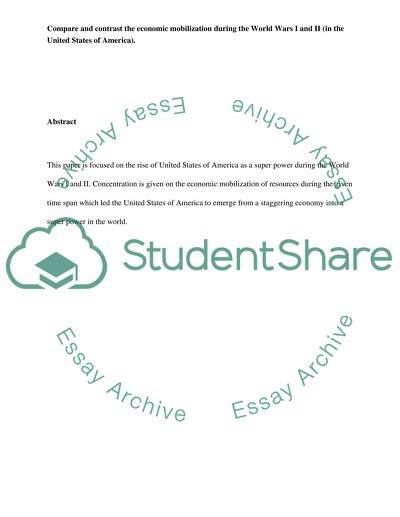Cite this document
(“Compare and contrast the economic mobilization during the World Wars I Essay”, n.d.)
Retrieved from https://studentshare.org/military/1449531-compare-and-contrast-the-economic-mobilization
Retrieved from https://studentshare.org/military/1449531-compare-and-contrast-the-economic-mobilization
(Compare and Contrast the Economic Mobilization During the World Wars I Essay)
https://studentshare.org/military/1449531-compare-and-contrast-the-economic-mobilization.
https://studentshare.org/military/1449531-compare-and-contrast-the-economic-mobilization.
“Compare and Contrast the Economic Mobilization During the World Wars I Essay”, n.d. https://studentshare.org/military/1449531-compare-and-contrast-the-economic-mobilization.


